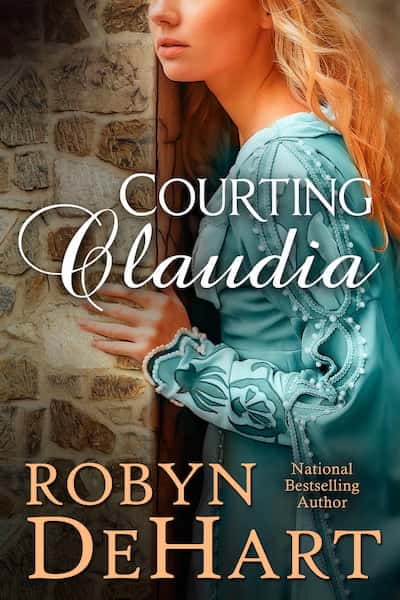The Strength of Your Book
In the last two months we’ve covered goal and motivation in the GMC equation so this month we’ll tackle conflict. If you’ve been in the writing business long, then you’ve probably heard things like “fiction is conflict” or “the strength of your conflict is the strength of your book” or some such statements and they’re true. Because when you’re writing popular fiction, without conflict you have no book. At least not one worth reading.
So what is conflict? According to Webster it is “a clash between opposing elements or ideas”. Simple enough. But in romance we deal with two kinds of conflict, external and internal, and differentiating between the two can be trickier than we think.
Let’s start with external. It’s the stuff happening outside of our characters. This is the hero’s meddling mother, the evil other woman, the villain, whatever, this is all external. Imagine taking your characters out of the world they live in and plucking them down alone on a deserted island. If it’s just the two of them, all alone, then all the external conflict should disappear, provided they have no hurricanes and they have plenty of food and necessities to survive.
The internal conflict, on the other hand, would still exist on that deserted island. I’ll go one step forward. Your character’s internal conflict should exist with or without the hero or heroine. That is to say if your hero’s internal conflict is that he believes all people expect the worst of him, then this is his internal conflict even if he never meets the heroine. What makes the heroine integral to his conflict is that she’s the reason he decides to change and overcome this belief.
Let’s look at an example with the movie Twister. Now when I went to see this movie, I expected it to be about twisters. And it is, but it’s also a romance. Jo, our heroine, is a tough and witty scientist out to change the warning systems for tornadoes. Obviously her external conflict is the tornadoes themselves, but we also have conflict with the rival team led by Jonah and then we have conflict between her and her soon-to-be ex-husband, Bill.
Now we’ve been given a hint about her internal conflict from the beginning of the movie where we see a family run to the storm cellar only for the father to be ripped into the center of the twister. But it’s truly revealed to us in a scene where she and Bill have missed getting their tracking device up into the tornado. They start arguing and she blurts out that he doesn’t know what it’s like to have a tornado skip this house and that house and come after yours. She took her father’s death personally (obviously) and it has shaped her entire life and motivates all her external actions. Basically she’s afraid of losing the people she loves. This conflict exists without Bill. It’s not until Bill tells her to look at what’s right in front of her, meaning himself, that she’s willing to take the risks necessary to overcome this internal conflict.
Conflict is tricky, no doubt about it, but it’s also one of those aspects of writing that people make harder than it should be. It’s not rocket science. Go back to your G and the M and your conflict should be right there, inherently connected to the other elements. Or develop the GMC from the conflict or from the motivation. Or however it makes sense to you. The trick to all of this is to develop a GMC for your character that is consistent and specific.
The bottom line is that strong GMC is the backbone of creating sympathetic characters which in turn is the backbone of creating saleable books.
Robyn Ratliff has been a member of RWA since 1996. She currently serves as President and Webmaster to her RWA Chapter, San Antonio Romance Authors. She writes historicals set in Victorian England and is currently dividing her time between writing her next book and Agent Quest.









